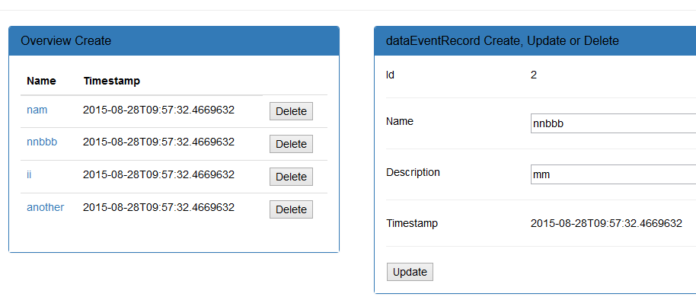Whenever you are trying to create a new database table in your.NET application, you will be prompted with a semantic error 57. The problem with this error is that it cannot be resolved.
Issues with renaming declarations
Using the renaming feature in GCC can be a pain. It’s not a trivial task to rename an entire family of subprograms. There are a few caveats to consider. If you’re planning on renaming your subprogram, you should take into consideration whether the new name is a legal C language name. If you do use the renaming feature in your code, it’s important to ensure that the new name isn’t too close to the old one. This can cause invalid code to be generated.
The most obvious renaming issue is the name of the new subprogram. This can be a problem if the renamed subprogram is an inherited one. In the context of a C/C++ program, the assembly name is used to generate code. It’s also possible for the renamed subprogram to be called directly. The best approach is to rename the subprogram with an appropriate name that is not too close to the original one. This way, you avoid a cascading set of errors. The name of the new subprogram is also a good way to keep track of where you’ve left off.
The more mundane renaming function is to call the renamed subprogram. If you’re not using this feature in your code, be aware that the subprogram is actually frozen by the time the call is made. If the call is made before the subprogram is frozen, it’s a bad idea to try and rename it. In such a scenario, the compile-time error occours. The subprogram renamed may be called using the subprogram_body function, which is similar to subprogram_body.
It’s also possible to rename an enumeration literal. The renamed entity may be an enumeration object or a function with a defining_designator of identifier. If you’re not using the renaming feature, be careful when doing enumeration manipulations. If you’re using rename in your code, make sure that the defining_designator of the new subprogram is a legal C language name. The renaming function can be tricky to use, but the results are worth it.
As with other GCC features, renaming the subprogram may raise a Storage_Error. The bounded renamed version of the subprogram may raise an infinite recursion.
Issues with multi-dimensional arrays
Arrays are useful data structures and their applications are many. They can be used for graphics, pixels, and spreadsheets. They are also used for statistical operations. They can be single dimensional or multiple dimensional. When using arrays, it is important to remember that a single dimensional array is not as quick to rearrange as a multi-dimensional array.
Two-dimensional arrays are made up of three rows and four columns. They are commonly used in graphics applications. Generally, they are table-like structures. They can hold up to 24 elements of type String.
One of the most common applications of two-dimensional arrays is positional games. For instance, in the rainfall problem, the first array represents twelve months of rainfall. The second array represents the same month, but for only eleven days. A month is made up of 31 days, so the first array will be indexed from 0 to 30.
Arrays are often used in mathematical analysis. They are often accessed using integer subscripts, although some arrays require a full set of cartesian indices. They are more complex to use than single dimensional arrays, and the complexity increases with the number of dimensions.
The cat function is used to build multidimensional arrays. It takes the first argument as a variable name. The second argument is an item list. It loops over the item list and assigns a value to it.
When constructing multidimensional arrays, it is important to remember that indexing is different in Java than it is in other languages. It starts with 0. You can also use the colon operator to create index vectors. If there is only one possible value for the in-bounds indexing expression, you can omit the trailing indices.
Indexing of N-dimensional arrays is made possible through the network Common Data Form (NetCDF). This format was created to address the challenges of working with N-dimensional arrays. It is used in many geoscience communities. It has been used to distribute remote sensing datasets. It also provides an easy format for serializing arrays.
When creating an array, the user is responsible for the structure of the file. This involves reading the data into an in-memory array, performing subsetting operations, and using nested loops. The user is also responsible for creating custom codes for the program.


